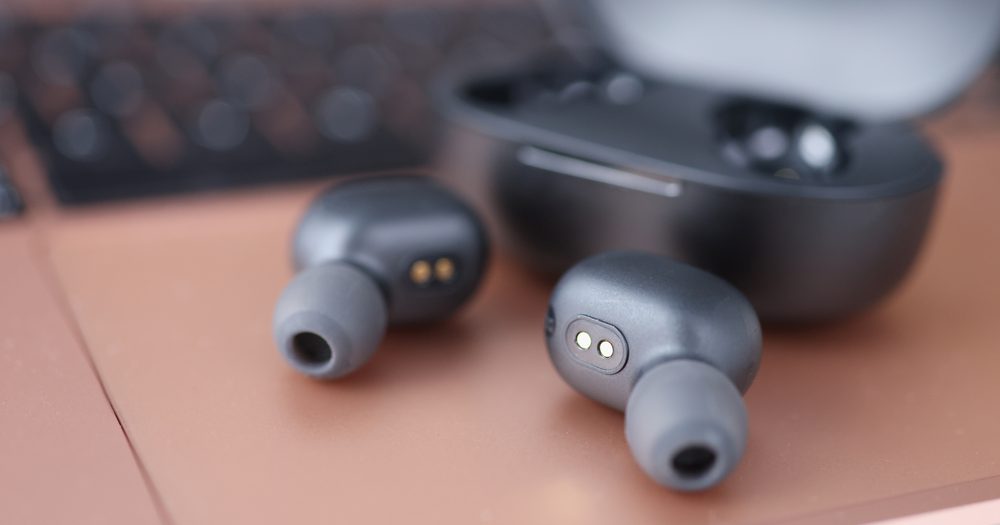Google adds a heart rate monitor into off-the-shelf ANC earbuds

We all know that ANC earbuds can reduce background noise and increase concentration, but apparently - they could also be used for heart rate monitoring.
Google published a research paper detailing a new experimental technology that can turn any existing ANC earbuds into cardiac monitors through a software update without the need for any additional hardware.
In the study titled "APG: Audioplethysmography for Cardiac Monitoring in Hearables," the tech giant's researchers describe the technology as "a novel cardiac monitoring modality" that can be used with off-the-shelf hearables. This new approach relies on audioplethysmography, or APG, which uses ultrasound techniques to measure heart rate.
This works by bouncing a low-density ultrasound signal off the inside of the ear canal while the tiny microphone allows ANC to detect skin surface perturbation as blood pumps through it.
"We observed that, as the volume of ear canals slightly changes with blood vessel deformations, the heartbeats will modulate these ultrasound echoes," Google said in the abstract.
The company added that this technology can work even while music is playing on the earbuds or while the body is in motion. Further, the ultrasound approach is reportedly "resilient to variation in: skin tone, sub-optimal seal conditions, and ear canal size." The tech giant adds that using the technology will not impact your earbuds' battery life.
Google conducted an eight-month-long field study with 153 participants to evaluate APG in various conditions. That study found that the APG approach maintains a considerably high level of accuracy, with a median error rate of only 3.21% for heart rate and 2.7% for heart rate variability. The tech giant adds that its findings were reviewed by the company's internal health team, product team, user experience (UX) team, and legal team.
Down the line, Google plans to test the APG approach in more rigorous physical activities such as hiking, weightlifting, boxing, and HIIT (high-intensity interval training).
At the moment, most wearables use light pulses to measure blood activity. However, this new approach may improve the measurements and bring cardiac monitoring to hearable tech. Exciting times ahead.
💡Did you know?
You can take your DHArab experience to the next level with our Premium Membership.👉 Click here to learn more
🛠️Featured tool
 Easy-Peasy
Easy-Peasy
An all-in-one AI tool offering the ability to build no-code AI Bots, create articles & social media posts, convert text into natural speech in 40+ languages, create and edit images, generate videos, and more.
👉 Click here to learn more


